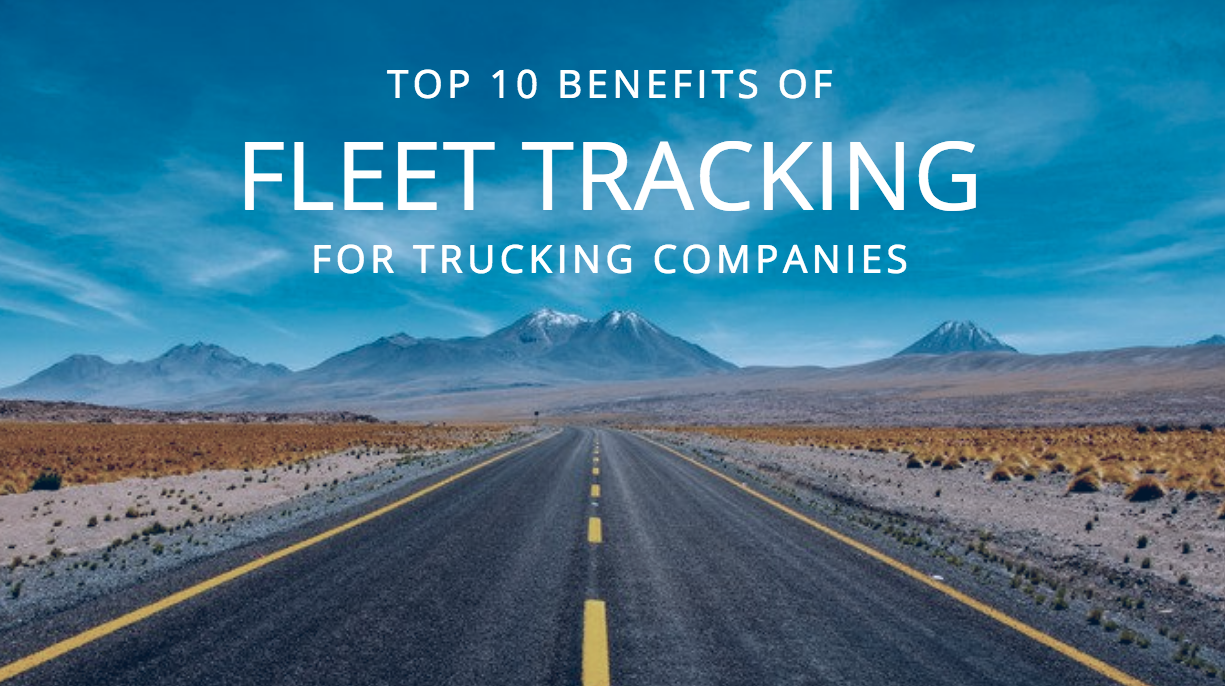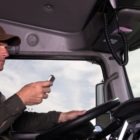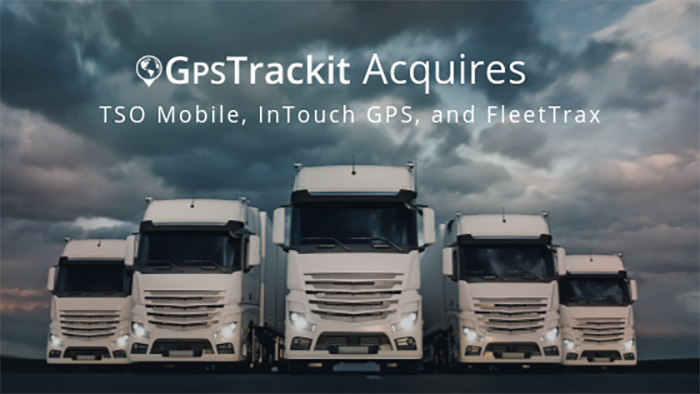Solution for Truck Driver Shortage
Solution for Truck Driver Shortage -18-21 Year Olds Driving Heavy Trucks
In recent years several ideas have been discussed to encourage more people to become Over The Road (OTR) truck drivers. Raising pay. Increasing mileage rates. Scheduling more time at home. But despite these efforts to broaden the labor pool, there remains a significant shortage of drivers, some 160,000 according to consulting firm Deloitte. The latest strategy is to allow 18-21 year olds to drive heavy trucks across state lines.
Current Truck Driver Laws
According to the Federal Motor Carrier Safety Administration, “A person must be at least 21 years old to drive a CMV in interstate commerce.” There is a precedent for younger drivers though, in the military. The Military Commercial Driver Pilot Program allows drivers as young as 18 to drive in long-haul trucking. But civilian truck driving is now limited to those 21-plus.
Size of the US Trucking Industry
Driving a truck is the largest source of employment in 29 states of the United States. There are some 7.7 million people employed in the trucking industry, which includes 3.5 million drivers. Heavy and tractor-trailer drivers number around 1.7 million.
Over the years efforts have been made to pass national legislation which would legalize truck drivers under the age of 21, the current starting age for drivers in interstate commerce. 49 states and the District of Columbia allow 18-year-olds to obtain CDL (Commercial Driver’s License), but they cannot drive across state lines.
New Law to Allow Younger Fleet Truck Drivers
This summer a new law has been proposed to allow younger fleet truck drivers. In the Senate – the Developing Responsible Individuals for a Vibrant Economy, or DRIVE-Safe Act – has had some success. The DRIVE-Safe Act provisions are included in the current Senate infrastructure bill – the Infrastructure Investment and Jobs Act – despite reported criticism.
Sponsored by Indiana Senator Todd Young (R-Indiana) and Jon Tester (D-Montana) in March 2021, the “DRIVE Safe Act” requests that “… the Secretary of Transportation to promulgate regulations relating to commercial motor vehicle drivers under the age of 21, and for other purposes.”
The bill has had additional support from U.S. Senators Tom Cotton (R-Arkansas), Jim Inhofe (R-Oklahoma), Angus King (I-Maine), Joe Manchin (D-West Virginia), Jerry Moran (R-Kansas), and Kyrsten Sinema (D-Arizona.) U.S. Representative Trey Hollingsworth (R-Indiana) has introduced a companion bill in the House.
“DRIVE-Safe creates more career opportunities for hard-working Hoosiers to get involved in a growing, 21st century economy workforce,” said Rep. Hollingsworth in a press release. “This bill also breaks down barriers for small businesses who want to grow and hire qualified employees.”
“Today, 18-year-olds can drive more than 200 miles from New Albany to Gary and back, but they aren’t allowed to drive two miles from New Albany to Louisville,” says Senator Young. “The DRIVE-Safe Act will eliminate this ridiculous regulation and in doing so address the driver shortage while providing new career opportunities for young Hoosiers.”
New Driver Apprentice Program Proposed
The bill also requires that an apprenticeship program of 120 hours of instruction be established by trucking companies to train 18-21 year olds as heavy truck drivers. An additional 280 probationary period supervises the new drivers while on the road. The bill forbids any under-21 year old from driving a truck across state lines unless in an apprenticeship program.
“After completing the 120-hour probationary period under paragraph (1), an apprentice shall complete 280 hours of on-duty time, of which not fewer than 160 hours shall be driving time in a commercial motor vehicle.” The apprentice must be accompanied in the cab of the commercial motor vehicle by an experienced driver.
During the training benchmarks would be established for the young drivers requiring “Interstate, city traffic, rural 2-lane, and evening driving”. The Act also requires that, “… all commercial motor vehicles used in the program for training to be equipped with safety technology such as active braking collision mitigation systems and video event capturing systems.”
Referring to a previous House bill, American Trucking Associations President Chris Spear told Transport Topics, “This is a common-sense proposal that will open enormous opportunities for the 18- to 21 year-old population, giving them access to a high-paying profession free of the debt burden that comes with a four-year degree,” he said. “Moreover, this bill would strengthen training programs beyond current requirements to ensure safety and that drivers are best prepared.”
“The industry is vital to our everyday life, but driver shortages threaten its future,” says Senator King. “The DRIVE Safe Act addresses these challenges by creating an apprenticeship program that works across state lines, enhances the skills of our workforce, and helps train the next generation of safe drivers.”
The Federal Motor Carrier Safety Administration created a similar program in 2016 that has been slowed down by bureaucratic delays. The plan proposes a test program of a few hundred young drivers. They would be accompanied by trainers and monitored by video telematics and GPS tracking.
Do Younger Fleet Truck Drivers Have the Maturity to Drive Safely?
Robert L. Sumwalt, chairman of the National Transportation Safety Board, believes that the design of the program is flawed, “The NTSB does not believe that allowing an age group of drivers who are consistently overrepresented in crash involvement and who might not yet have the cognitive maturity to safely operate commercial vehicles on the interstate is the right solution to these problems.”
4 Reasons Why Allowing 18-21 Year Olds To Drive Heavy Trucks Is Beneficial
1) With the on-going serious shortage of truck drivers in the United States, allowing 18-21 year olds to drive heavy trucks across state lines would help.
2) Young drivers are easily trained in today’s modern trucks with new technology here and on the way.
3) The average trucker in America is 42-45 years old. Retirements are hurting the trucking industry’s ability to move goods across the country. Younger truck drivers can easily be hired to replace the retirees.
4) According to a National Highway Traffic Safety Administration study male drivers from age 16-20 have a lower fatal accident rate than drivers from 21-24.
4 Reasons Why Allowing 18-21 Year Olds To Drive Heavy Trucks Is Not Beneficial
1. Insurance rates are already high for 18-21 year olds who drive cars. Allowing them to
drive heavy truck could possibly increase insurance rates for trucking companies
employing them.
2. The Insurance Institute for Highway Safety reports
18-20 year olds have a 2.3 times higher incidence of
fatal crashes. A 1998 Georgia study found the
accident rate to be twice as high as drivers older than
24.
3. Mental and emotional immaturity can interfere with
the discipline needed for the complex job of driving a
heavy truck for long hours.
4. Can a generation weaned on the near-constant exposure
to mobile phones, Instagram, and video games maintain
the attention needed in truck driving?
Comments from Reddit truck drivers regarding 18-21 year olds driving heavy trucks vary:
“This isn’t going to solve the driver shortage. Even if you do find 18-year-olds who are perfectly capable of doing this work (and they do exist) they’re not going to want to do it because of the regulations. And besides that, most of these folks are more interested in socializing and getting laid than they are at driving a truck, even if it appeals to them. You can legalize it to hell and back, but it isn’t gonna change a thing.”
“The company I work for trains and hires “kids” to drive their tomato trucks. … We haul tomatoes from the fields to the plant, we drop and hook about 12 trailers in a 12-16 hour shift and 90% of these young drivers (18-25) don’t do any inspection on the trailers before pulling 85k-90k pounds down back country roads. It’s to the point that I don’t even wanna finish the season (1-2 more months) because somebody is going to get killed, passing you on the right shoulder, trying to drift loaded doubles around corners, doing donuts in the fields, 45-50 MPH down curvy washboard dirt roads…”
With all of the disagreements over what is in the 2,700-page Biden infrastructure bill, the DRIVE-Safe Act may not have a chance. It is all up to Congress.
SOURCES:
www.seattletimes.com/nation-world/federal-pilot-program-would-open-long-distance-trucking-to-18-year-olds/
www.caranddriver.com/news/a37543951/congress-considers-teen-long-haul-truckers/
Senate Bill 659 -www.congress.gov/bill/117th-congress/senate-bill/659
www.seattletimes.com/nation-world/federal-pilot-program-would-open-long-distance-trucking-to-18-year-olds/
www.caranddriver.com/news/a37543951/congress-considers-teen-long-haul-truckers/











